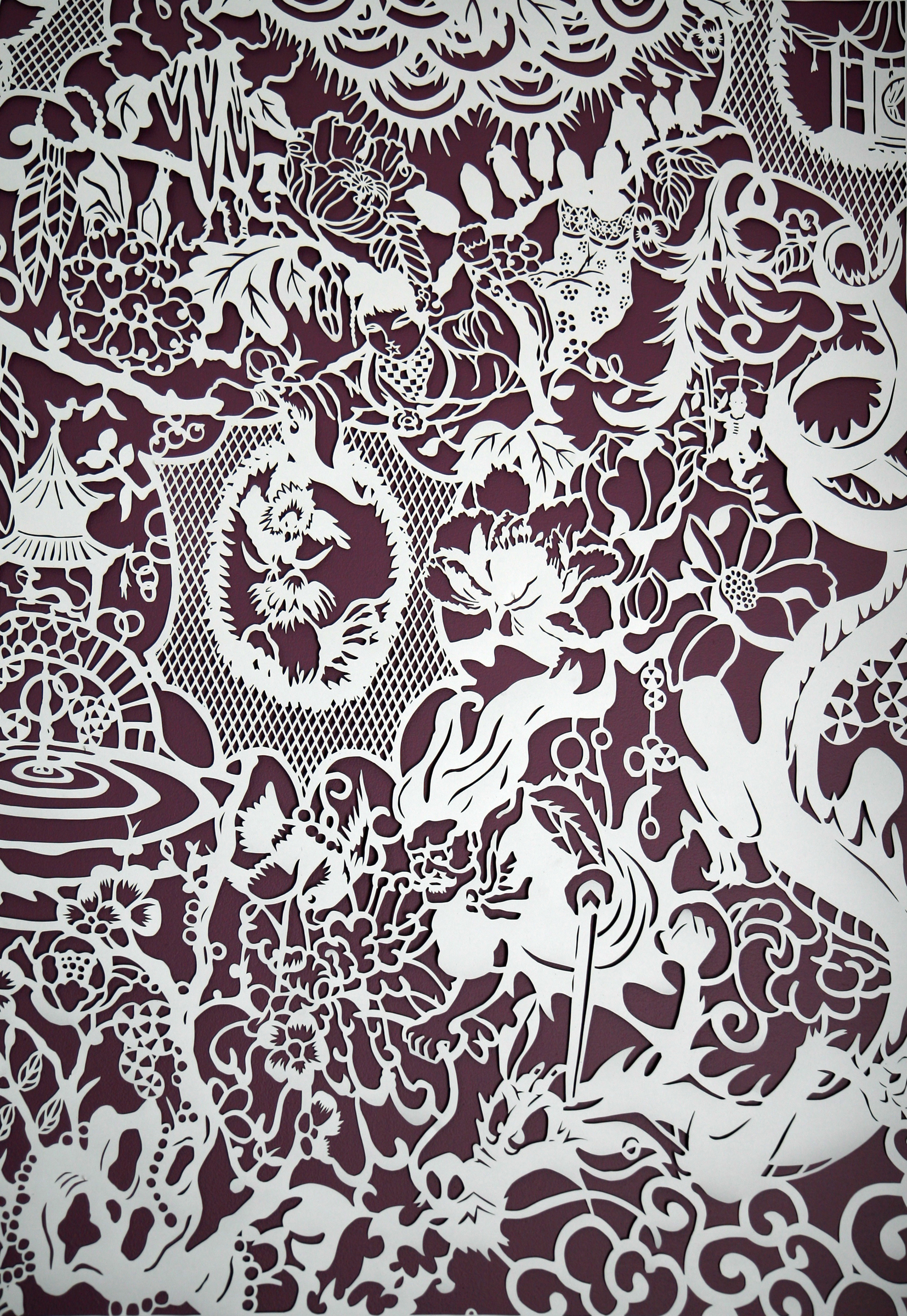Events
DIY Chinoiserie: Paper-cutting workshop with Karen Tam

RSVP papercuttingworkshop@ecuad.ca to reserve your spot. 15 participants maximum!
Location
On Campus
Room A4025 (Print Media), Level 4
Emily Carr University of Art + Design
520 E 1st Ave, Vancouver, BC, V5T 0H2 See on Map
"DIY Chinoiserie" is a paper-cutting workshop with Montréal-based artist Karen Tam on Wednesday, March 4 from 10 am - 1 pm in A4025 on the 4th floor. Please RSVP papercuttingworkshop@ecuad.ca to reserve your spot. 15 participants maximum!
In this workshop, we’ll be working with paper-cutting, a craft form found in many cultures around the world, including Chinese, Polish, Mexican, and Victorian English. We’ll look at traditional Chinese cutouts, shadow puppet theatre, silhouette portraits, and contemporary artists such as Ed Pien, Kara Walker, Simon Periton, and Lu Sheng Zhong who use paper-cutting in their works. I will also show examples of my own work and installations that incorporates this craft. The workshop will introduce several paper-cutting techniques and materials, from the basic tear method on tissue paper to creating simple mirrored cut-outs on paper, to more complex pieces in other non-traditional materials. You will come up with your own designs and cut them out using the methods learnt. Templates with simple designs and motifs will also be provided.
This “DIY Chinoiserie” workshop is connected to Karen Tam’s past installation work where replicas of antique objects are produced for installations but can also be taken home as a slice of the exotic “East.” Through these kinds of workshops, she collects, documents, and responds to examples of local imaginings and interpretations of the “East” (eg. architecture, interior décor, fashion, advertisement, music, etc.), as a way to explore how xenophobic images and objects (however extreme or benign) were formed in Western culture, and are important in that the materials allow us to understand and reconstruct these experiences and imaginings.
